This painting and conversion guide has been created to help fellow wargamers make the most out of their new Epic Scale Waterloo starter boxes! In this guide, we will cover the main infantry and cavalry of the Anglo-Allied army at Waterloo. These suggested conversions are theoretically simple and thus reasonable to attempt no matter your skill level.
These miniatures have all been painted using, as reference, the uniform guides found at the enormously useful http://centjours.mont-saint-jean.com/
British Light infantry
The dress of the light infantry regiments and that of the light companies of the rest of the line was very similar. There were no grenadier companies and all ranks wore wings and the shako ornament was a bugle horn. Light infantry battalions did not normally carry their standards into battle.
There were three Light infantry regiments that fought at Waterloo, interestingly the 1/52nd Oxfordshire Light Infantry Regiment was the largest battalion, from either side, to take the field, the regiment boasted 1,130 all ranks!
These British Light infantry have been created using the 95th Riflemen in line from the British infantry sprue.
Dutch/Belgian Infantry
Belgian Light Infantry
Belgian Light infantry can be created from the British infantry sprue. Note that these units would only carry a single standard therefore one will have to be cut down. The partisan will also have to be cut from the Sergeant.
Dutch Militia
Dutch Militia can be made from the British infantry. The shako cord and badge need to be removed along with the side plume. A new plume is then added to the front centre of the shako. Note that these units would only carry one standard, so the eagle needs to be removed.
Dutch/Belgian Cavalry
The heavy brigade of cavalry consisted of two Dutch Carabineer Regiments and one Belgian Carabineer Regiment, each regiment having three squadrons of approximately 150 men. This brigade acquitted itself well during the battle, though it is said that around the time
that La Haye Sainte fell, Lord Uxbridge himself tried to order this brigade forward, but their commander Major General Trip refused to obey, despite having led the brigade during several charges earlier in the battle against the redoubtable French cuirassiers, and was mentioned in despatches by the Duke of Wellington as to his efforts on the field of Waterloo.
The two Light Brigades consisted of both hussars and light dragoons. Both brigades were heavily engaged during the battle of Waterloo, where they carried out their duties with great bravery. Each regiment had either three or four squadrons and, like the infantry, the average company strength was 150.
Dutch Carabiniers
To create these Dutch Carabiniers use the French Carabiniers – the head with bicorne is taken from a British mounted officer.
Hanoverian Cavalry
Hanover’s cavalry structure mirrored that of their infantry cousins, a regiment having four squadrons each numbering around 150 men. Only the Duke of Cumberland’s Hussars, a militia of ‘gentlemen’, took part in the battle of Waterloo, but then performed badly. The majority fled the field when ordered forward to counter the French advance on La Haye Sainte, not stopping until they arrived in Brussels, crying that the French were on their heels. A few brave fellows did remain to fight for the Allied cause, attaching themselves to other formations.
Brunswick Cavalry
Brunswick’s cavalry regiments each had four squadrons of around 150 men. At Waterloo the Brunswickers fielded the 2nd Brunswick Hussars and a squadron of uhlans, these lucky lads being hardly engaged during the battle. Only one squadron of uhlans campaigned in 1815.
Epic Battles: Waterloo Miniatures
In addition to finding all the miniatures above within one of the jam-packed Waterloo starter sets, you’ll find them in brigade box sets, each packed with a trio of the featured sprue. These are especially useful to bulk out your core forces and give ample opportunity to experiment and add some of Britain’s allies to the tabletop fray.
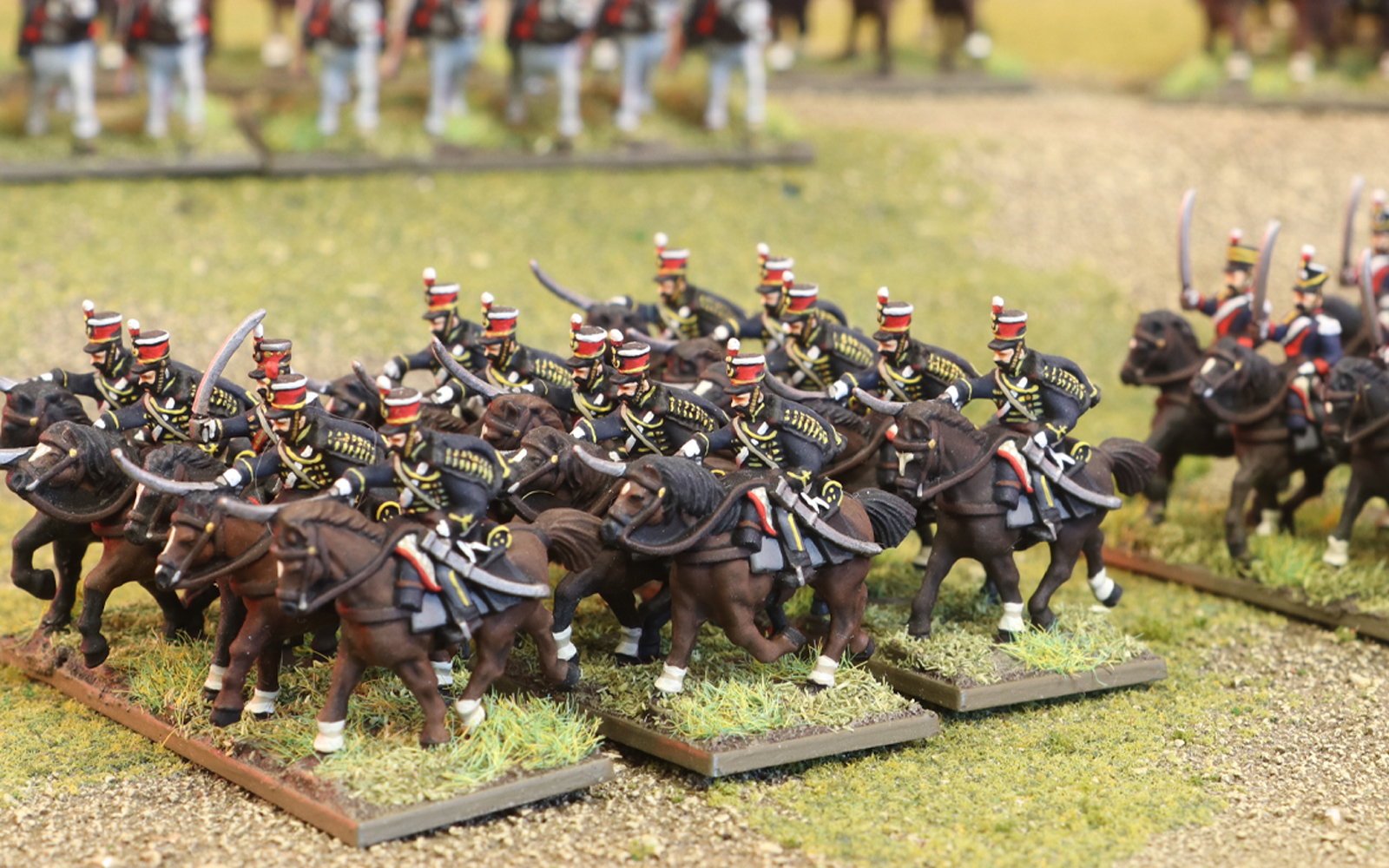













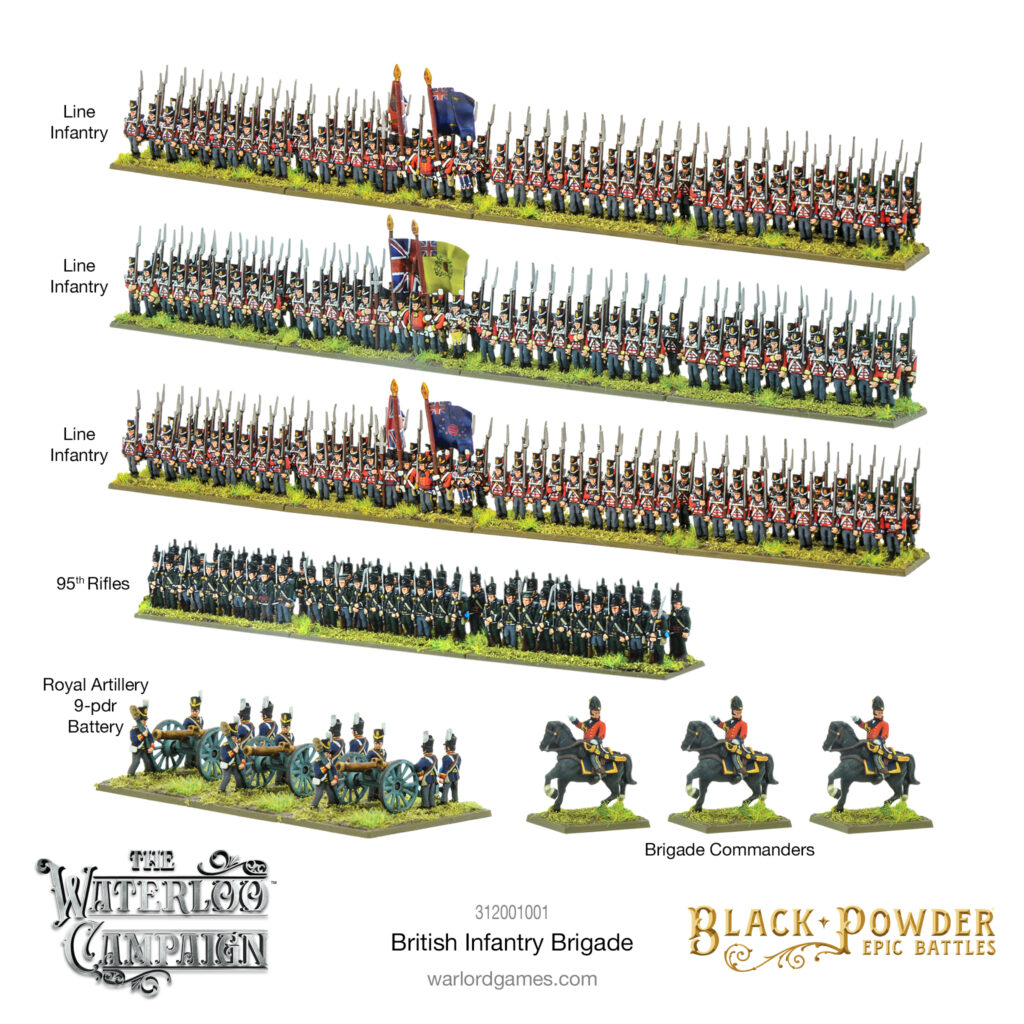
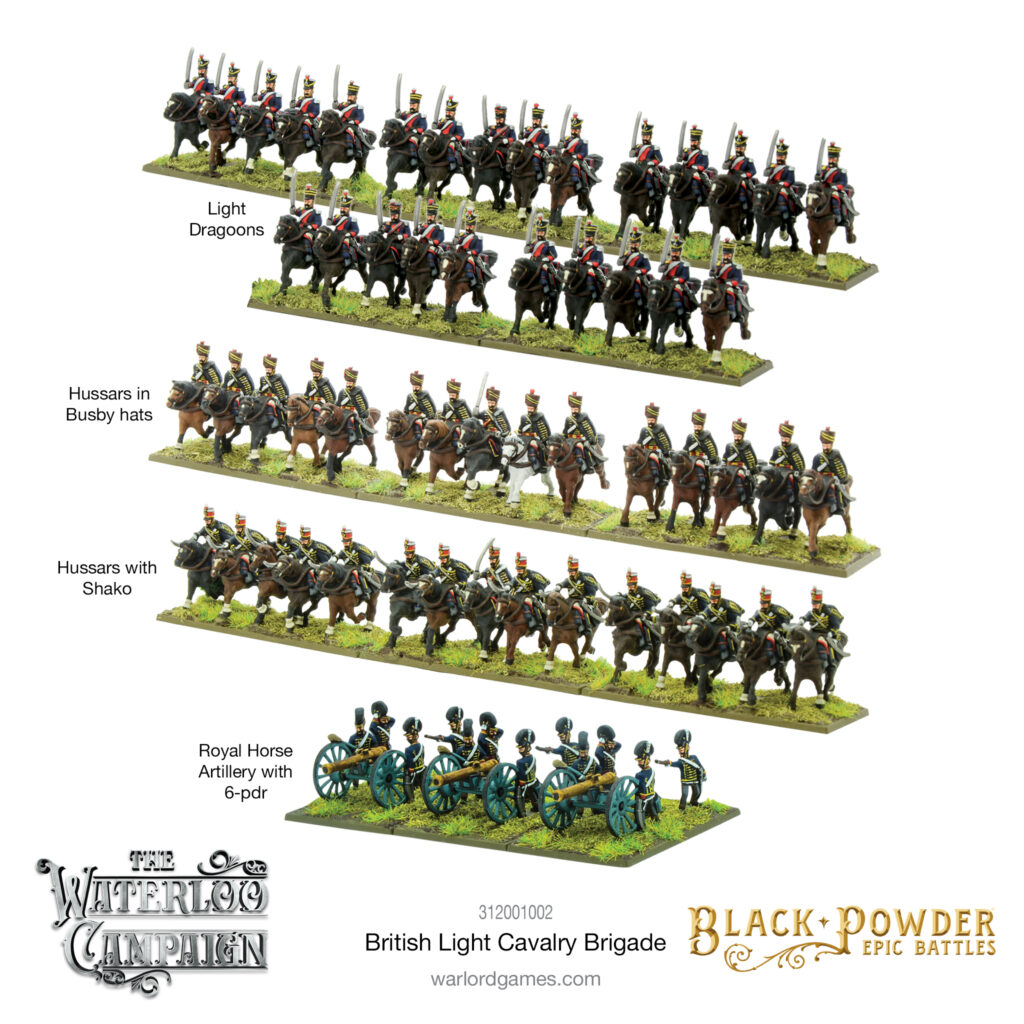
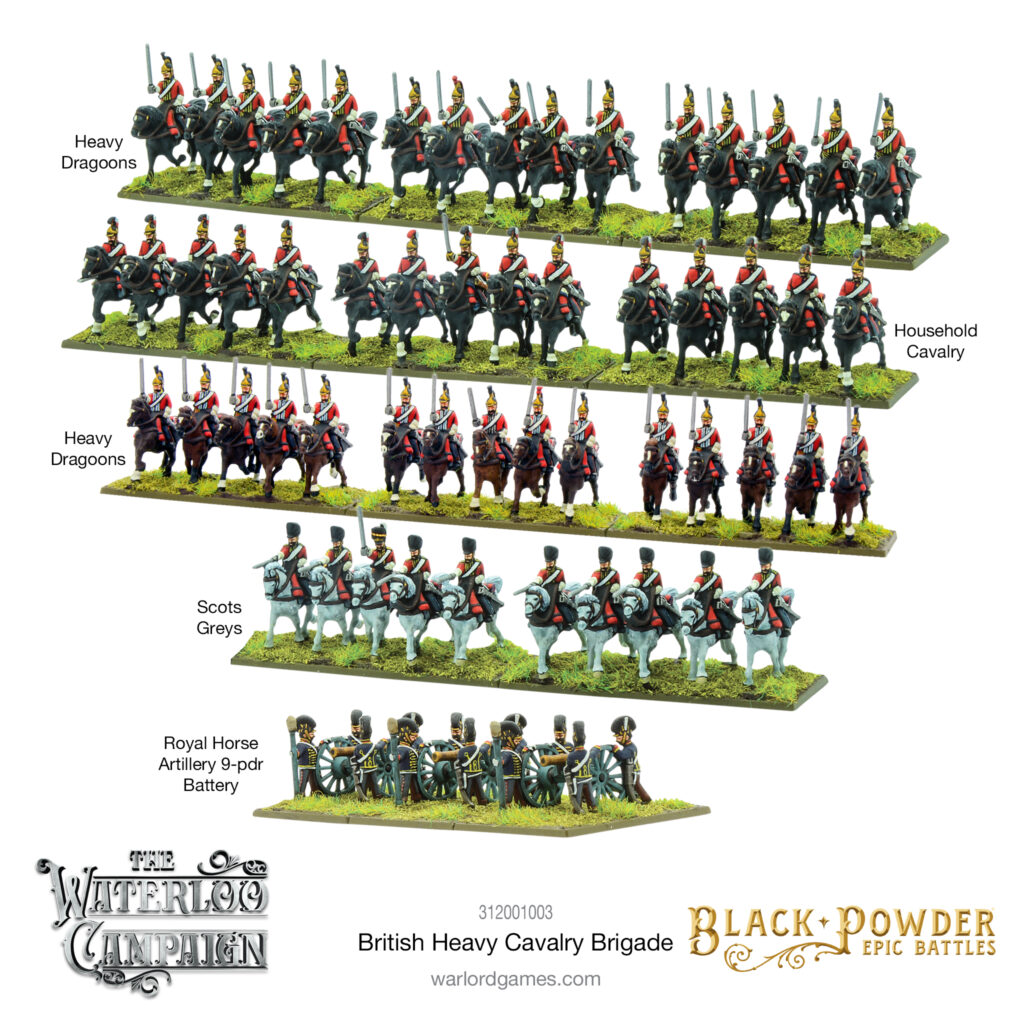
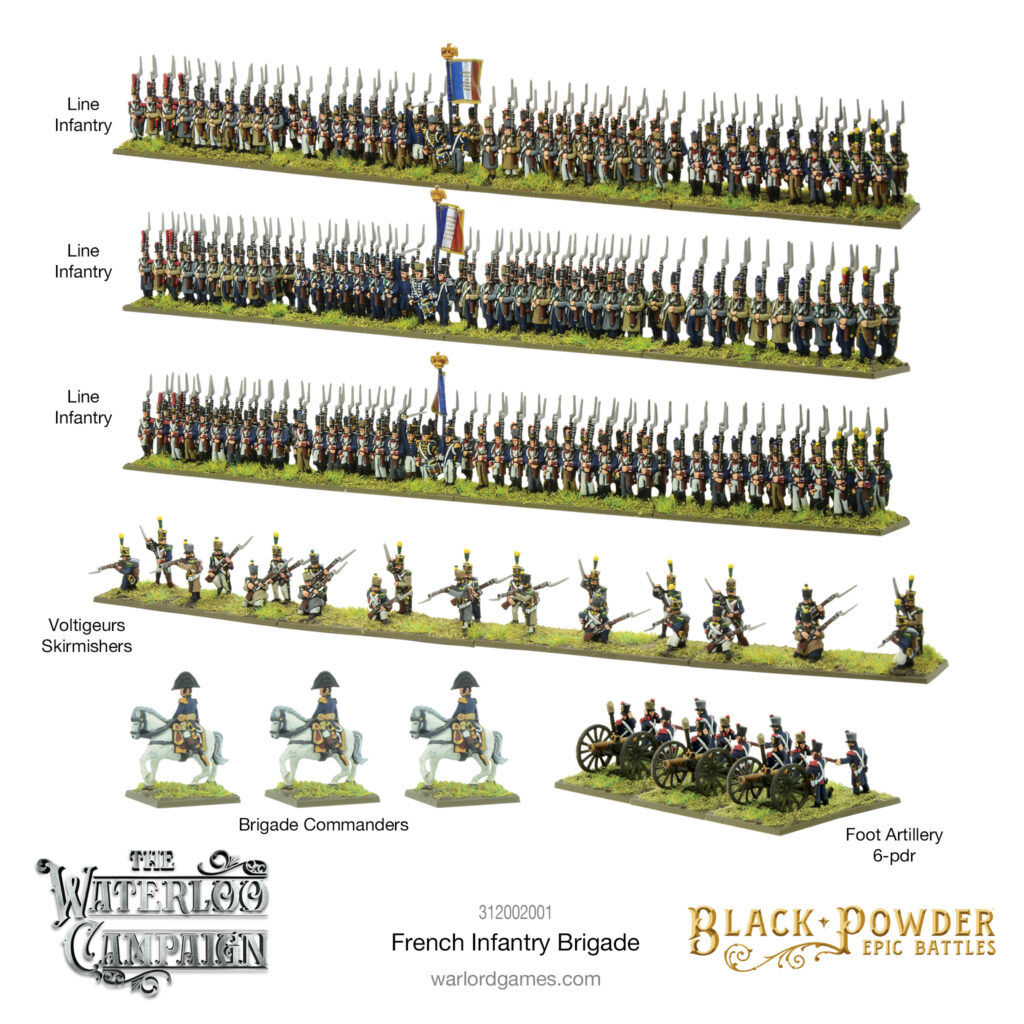
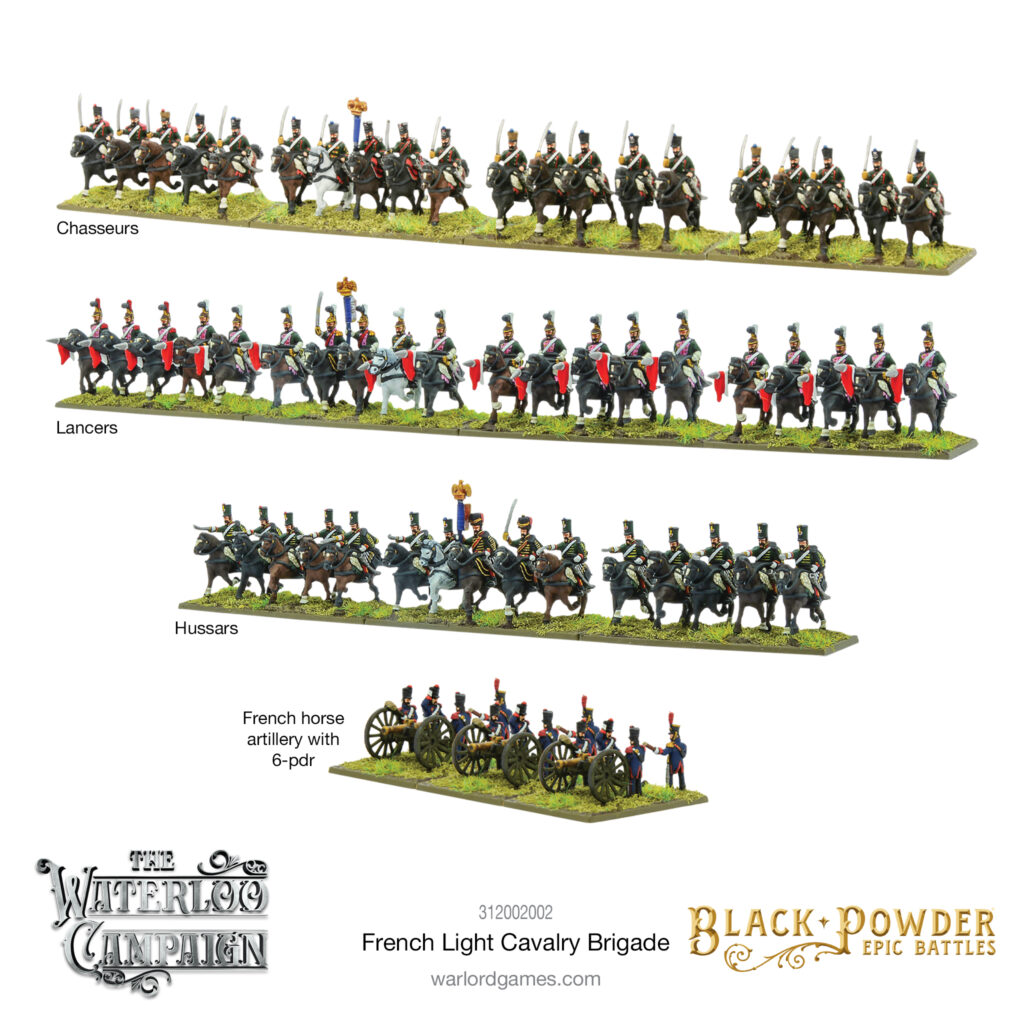
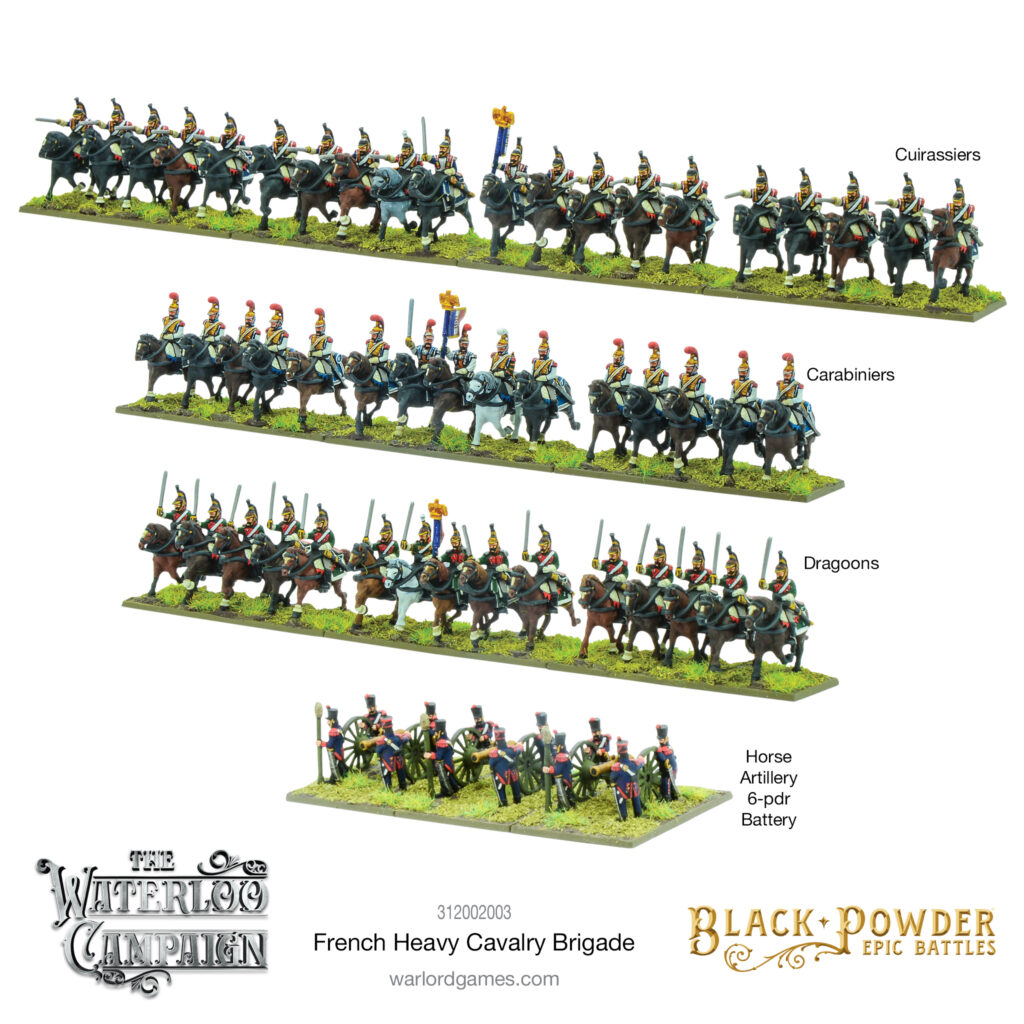
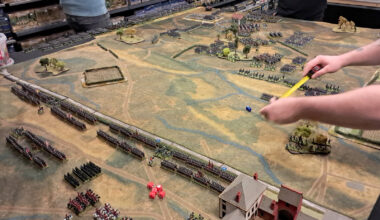
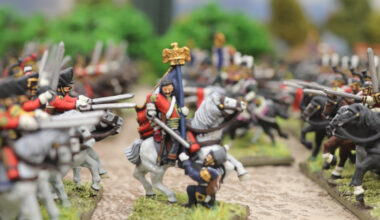
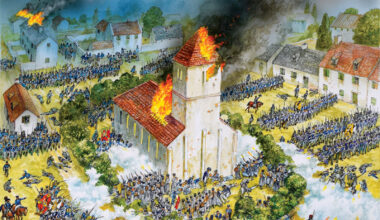
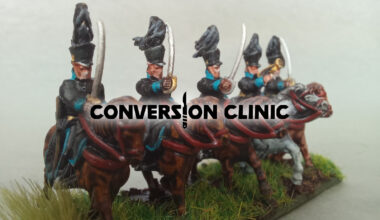
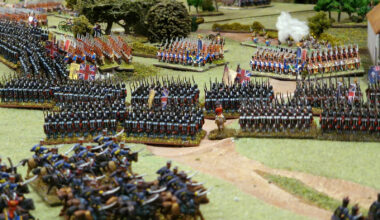
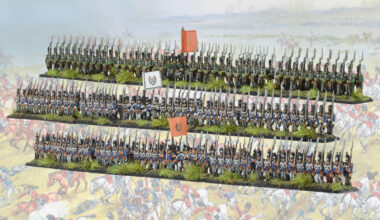
5 comments
Hello. Interesting suggestions that are making me consider to buy. I would rather use the figures to play other rules sets than Black Powder.
Have you got any plan to expand the Waterloo range beyond the Prussians ? What about Brunswick or Nassau infantry? Any plan to extend the range to other Napoleonic campaigns ? Peninsula ? Russia ?
Best regards,
Guido
I came here to say the same. There’s so much rich variety of uniforms – I’d much prefer an out of the box set of units than conversions. Brunswick, Hanover, British Light Inf, Dutch, Belgian – there’s enough for a couple of new boxes at least. I’m assuming/hoping these are coming down the line…
Excellent article and I’ve just added a British Light and a French Heavy Cavalry Brigade to my order to get the spares. Have to say I really enjoy Black Powder for the Napoleonic period with the supplement special rules. That the included rule book is a Nap specific publication with some of the supplement material included is a real bonus. So much so that I’d even buy a full size hard back version of the book! Really does seem that Warlord are pulling out all the stops on this!
Nooo….I believed to see in the next Month New boxes for allied, prussian army, french cavalry imperial guard and generals of all armies. I stopped to buy again This range! All my friends Say the same.
Currently working up a batch of Portuguese. Hey! Who says all the battles have to be Waterloo? Or even in Northern Europe. How about a little love for the Peninsula War? Portuguese are easily created by painting over the British Uniforms. Portuguese actually came up with the “Belgic Shako” before the Brits did. Blue coats with white cross belts. Cover up all that frontal lace! White, light grey or blue pantaloons. Facings in white, light blue, yellow or red. Cacadores are 95th Rifles figures painted brown with green plumes on their shakos. Portuguese artillery are easy too – British foot artillery with the same all blue uniforms with white cross belts. (Portuguese didn’t have any horse artillery so no worries on that point.) Portuguese cavalry – I used post 1810 so the crested helmet is gone. Use the British Light Dragoon figures with white pantaloons and blue coats with a white baldrick and belt. Hey presto! Portuguese army.
Comments are closed.